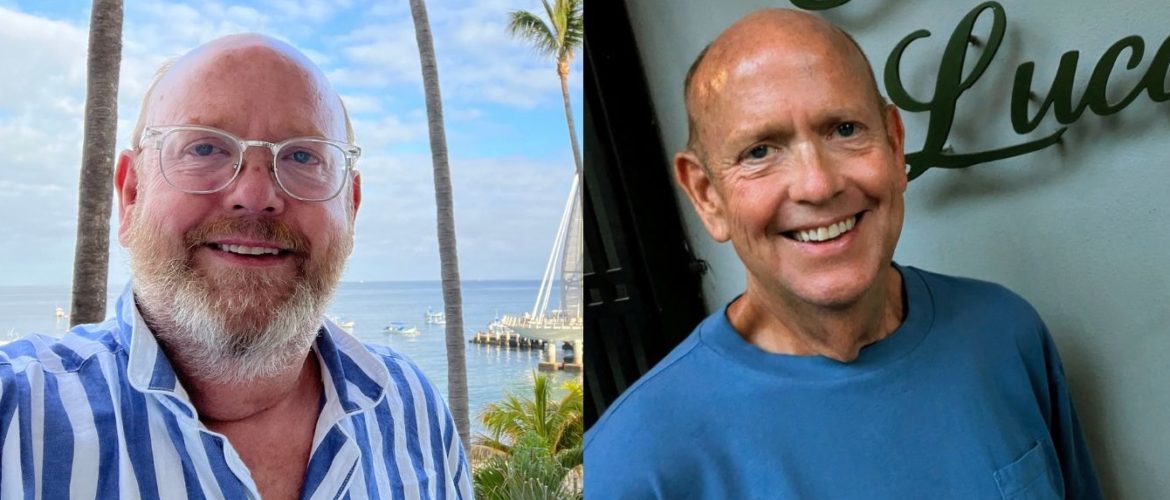
Here’s a story about one positive step leading to another… and then another…
When Jerry Murck took up exercise two years ago, he focused on one activity, rowing, because he loved it and enjoyed doing it almost every day.
He lost about 100 pounds over 18 months and felt better than he ever had.
Then he fell and injured his tailbone, making his rowing workouts impossible.
Jerry, 65, didn’t hesitate to find other things he could do while injured: yoga, high intensity interval training, and others he’s sampling via ClassPass. (That’s Jerry above, before and after.)
“I’ve done something every day since my injury – 12 days,” he says proudly. “It’s been fun to have free license to figure out what else I could do. Who knew I could do yoga?”
Jerry says the injury encouraged him to try new things. But, truly, many people in his position might have used that injury as an excuse to give up new healthy habits.
Not Jerry.
“I’m doing my best,” he says. “I’m doing it for me, not for anybody else.”
2 Key Lessons Already
Jerry’s story illustrates two key points for anyone over 50 or so who’s getting into shape for the first time.
First, find something you like. For Jerry, that was rowing at a studio that teaches group sessions resembling a spin class on rowers.
Second, when life throws you a curve, don’t quit. Instead, make a new plan and carry on.
By the time of his injury, Jerry says, exercise had become fully integrated into his life – “like brushing my teeth every day.”
His rowing time did more than help him lose so much weight. He’s able to get down on the floor and back up again, to “actually kneel on my new knee” and to begin focusing on building upper-body strength, which he’s never been confident about.
“It was never important to have muscles, per se,” says Jerry. “But as I’ve gotten older and the more I understand about health, I’m at the point where I know it’s important.”
Experts recommend at least two weekly strength training sessions, along with at least 150 minutes of moderate intensity aerobic exercise. Strength training lessens age-related loss of muscle mass, improves bone strength, fights obesity, and more.
Part of His Bigger Plan
Jerry also learned to eat better, crediting what he learned on Noom to helping him build a new relationship with food.
“Eating healthy actually feels good,” he says. “Before, it was a penance and just another thing I could use to beat myself up.”
With the help of prescription weight-loss medication and social support, he has built a wall of resources to help him keep going, tailbone injury or not.
“They’re all positive for me. The bonus with exercise is, the more I do, the better I feel physically,” Jerry says. “I’m in the best shape of my life and the lowest weight I’ve been since high school. I want to feel as good as I feel today for as long as possible.”
Holly Kouvo is a personal trainer, functional aging specialist, senior fitness specialist, brain health trainer, writer, and speaker.

